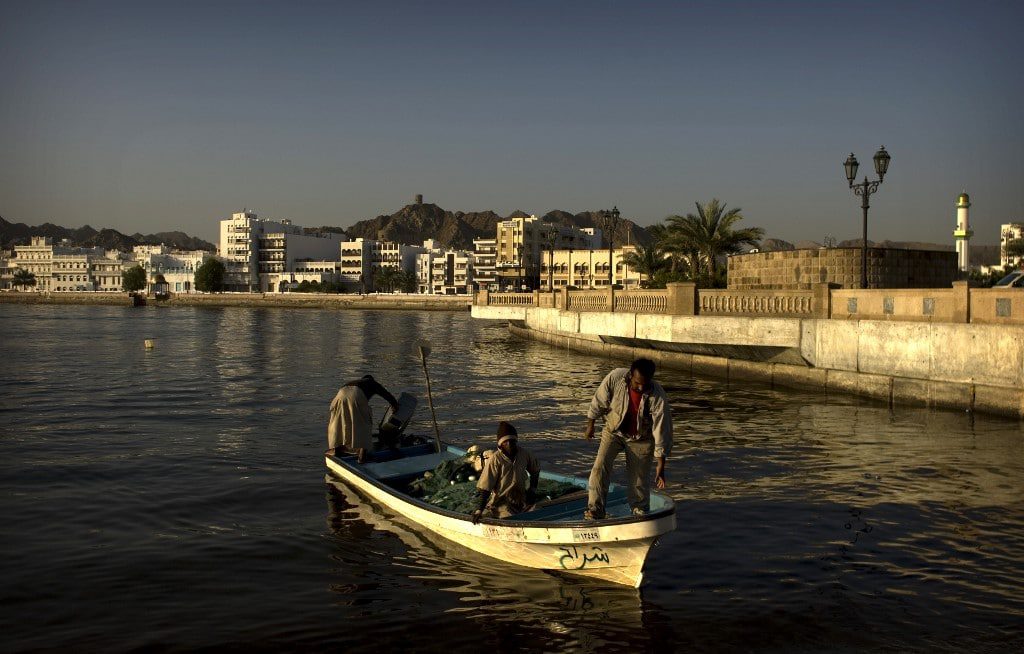
Omani ports profited from their strategic position mainly because they were located along two main routes connecting East and West: the routes through the Persian Gulf and through the Red Sea. As a result, if emphasis shifted from one sea route to another, for example due to a shift in the international balance of power, either the ports in the Gulf or those on the Arabian Sea were involved.
Secondly, the ports were connected to two types of trade network: coastal trade between the countries bordering the Red Sea, the Gulf and the western part of the Indian Ocean, and the transcontinental trade between Europe, Africa, the Gulf, India, Malaysia, Indonesia, and China.
Moreover, Oman’s ports were favourably located in relation to the monsoon winds. These changing winds dictated the direction and rhythm of the two trade networks. The south-west monsoon, from April to September, enabled sailing in an eastwardly direction, while the north-east monsoon between November and March directed the voyages westward.
The strategic position of the ports made them a much favoured target for foreign powers which were keen to control trade. Thus the ports have been controlled, invaded, or sacked at various times by Persians, Seljuqs, the Hormuzi principality as well as the Portuguese.

